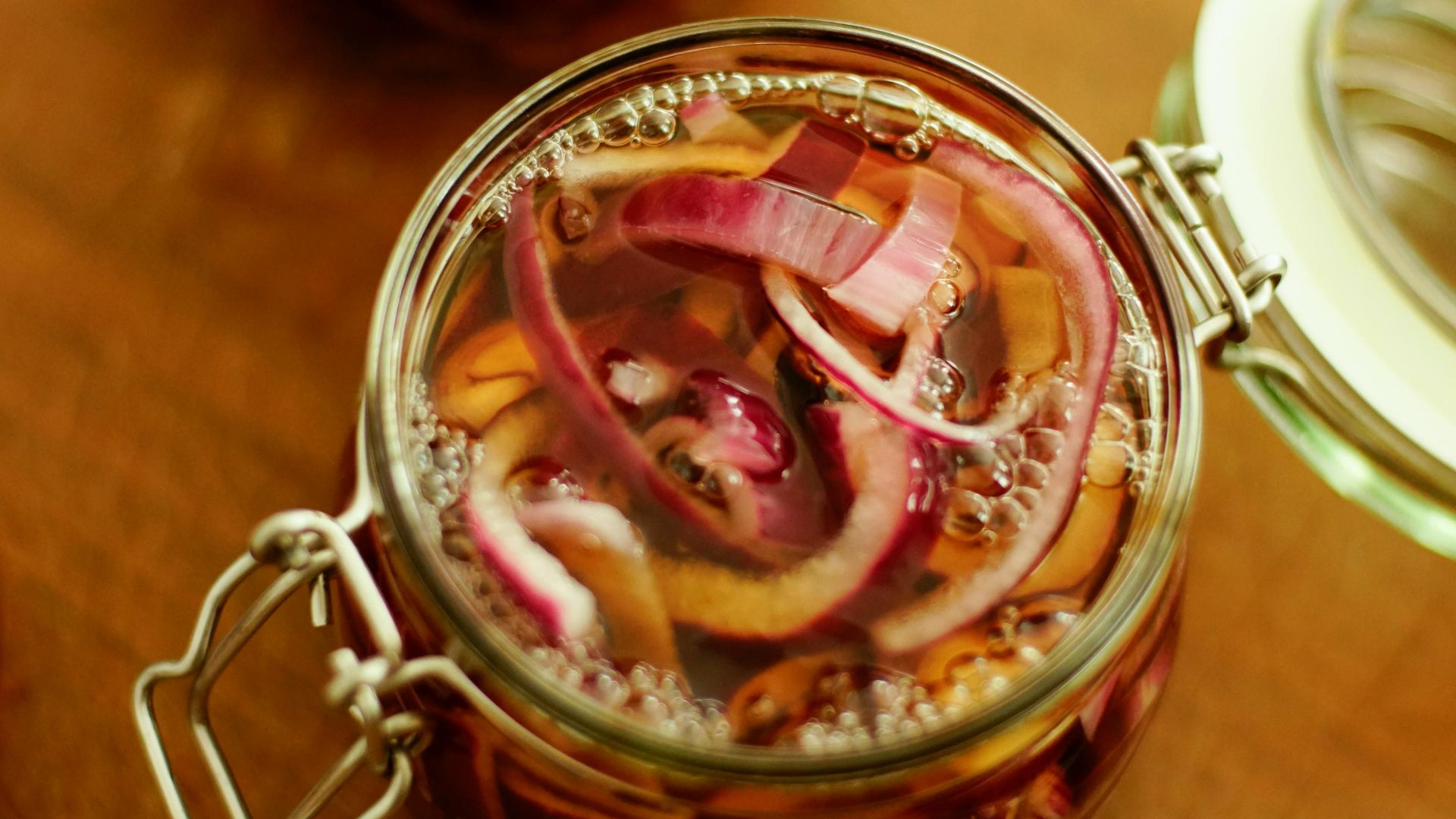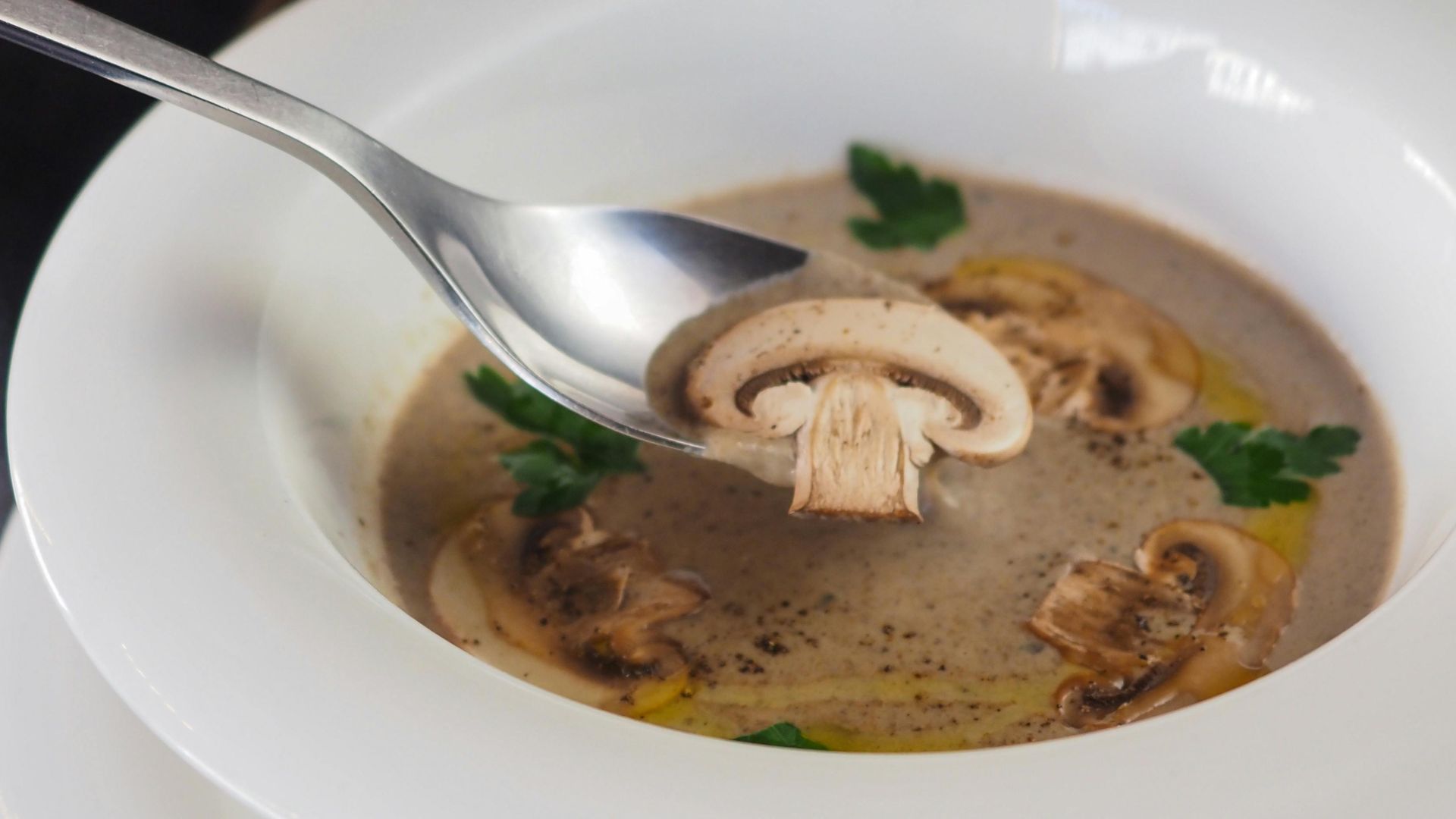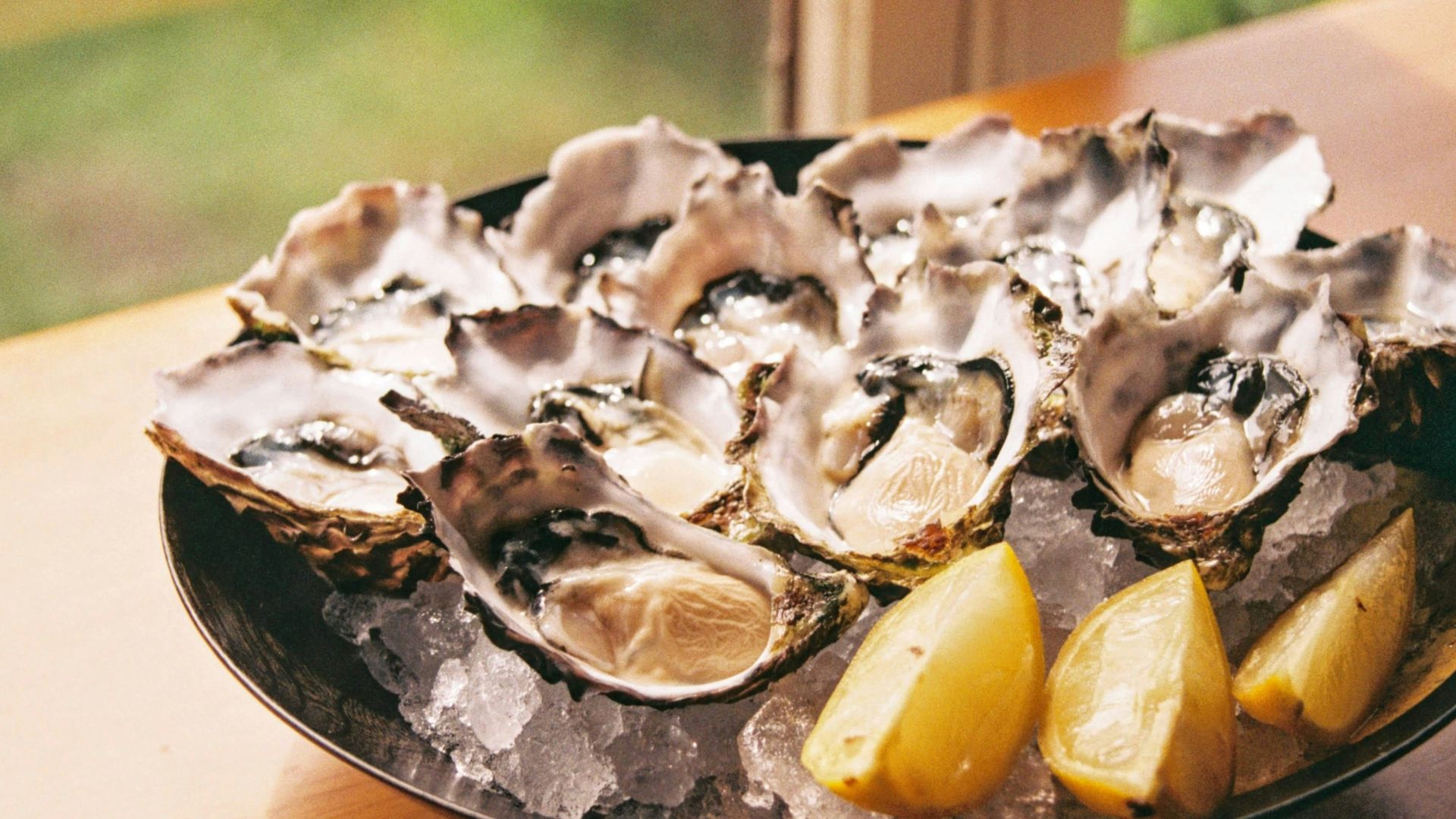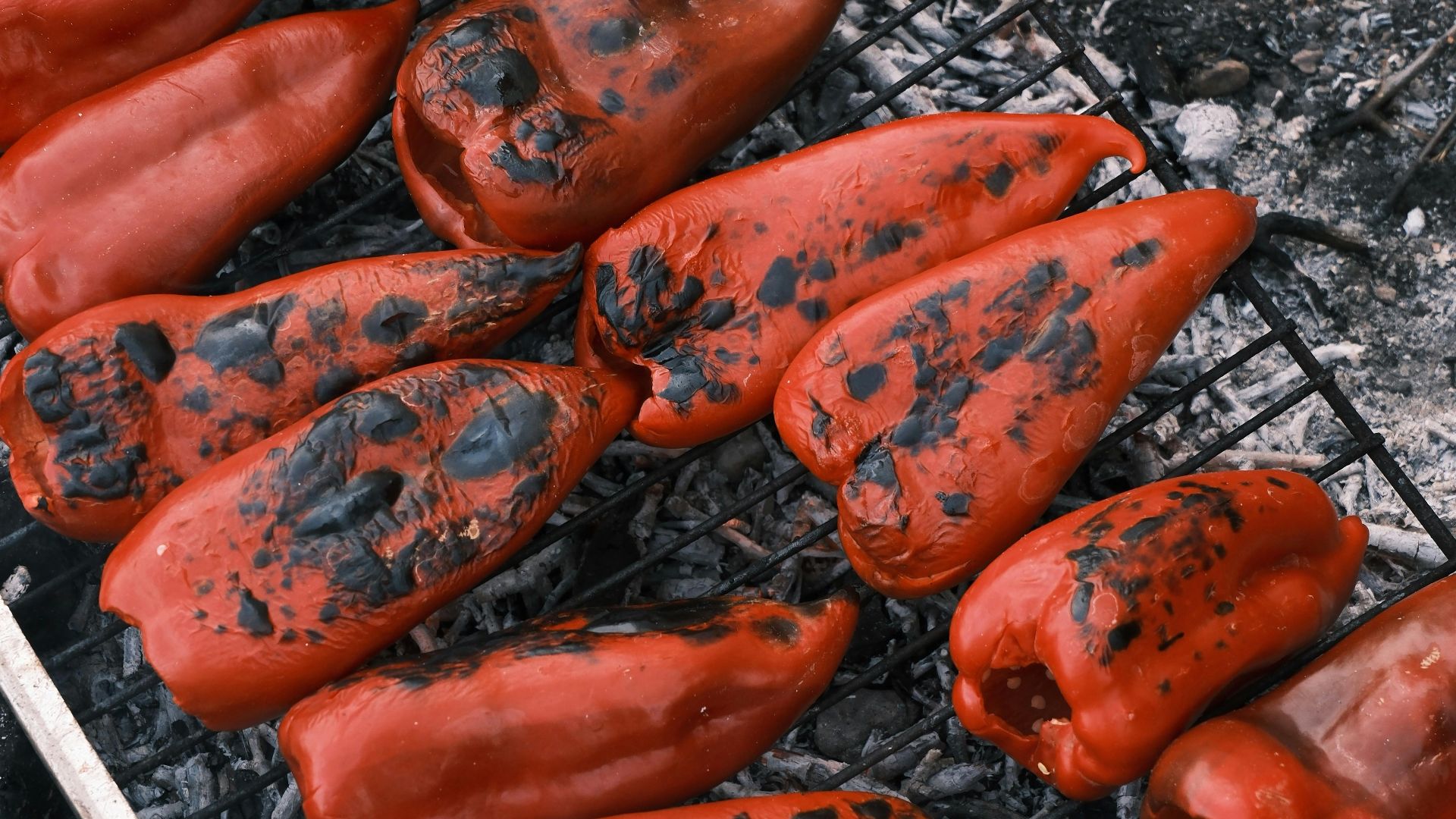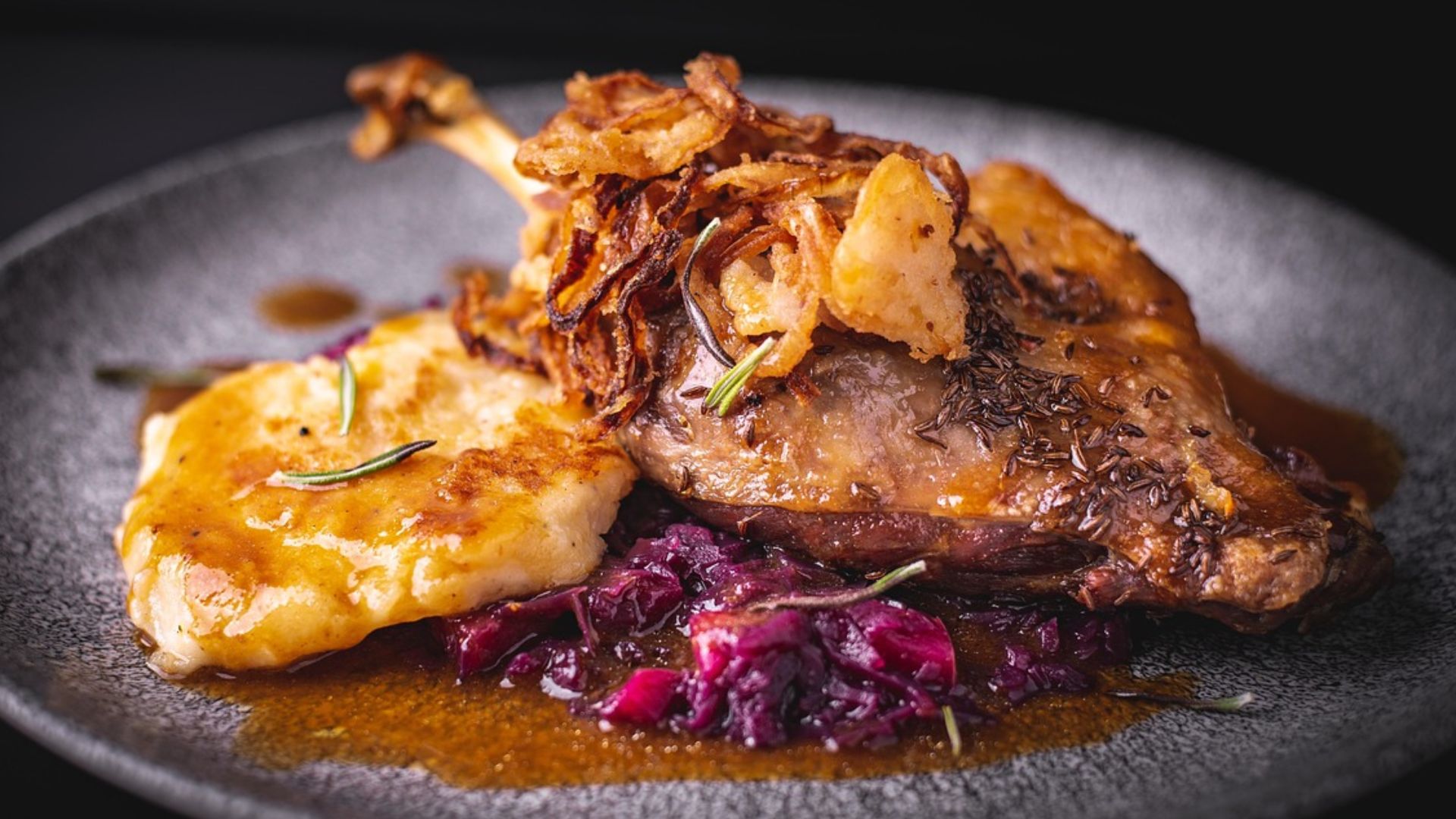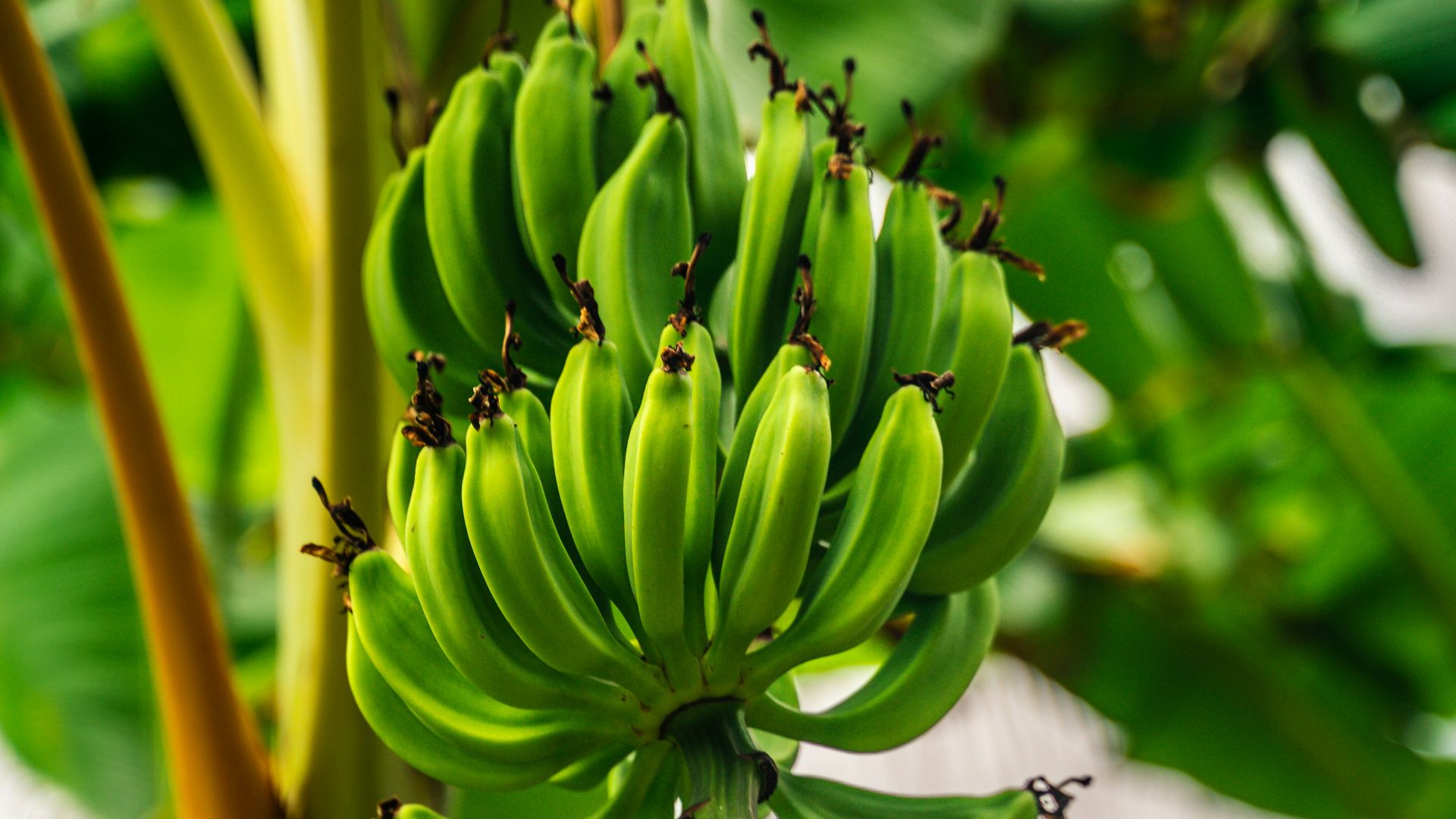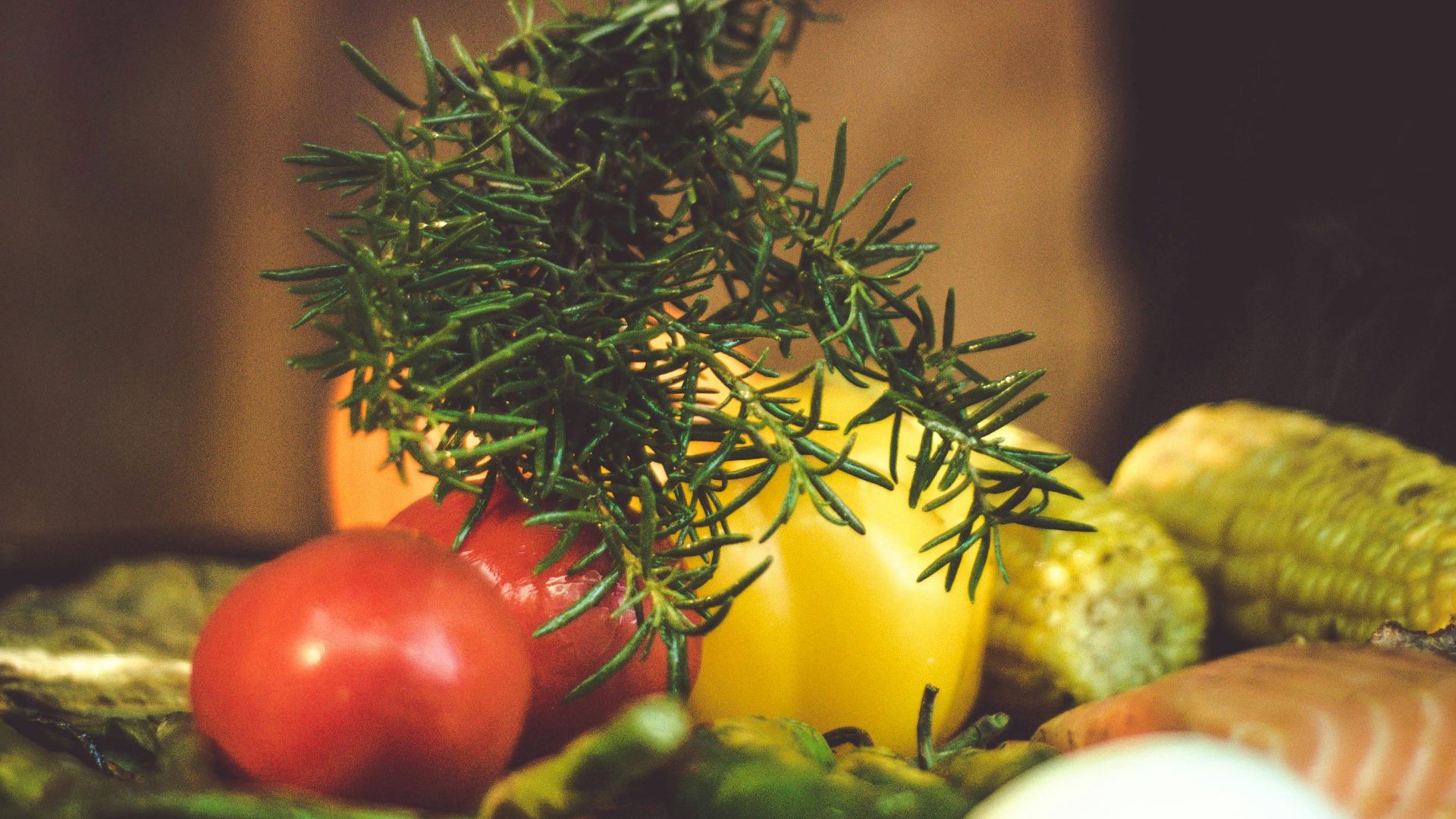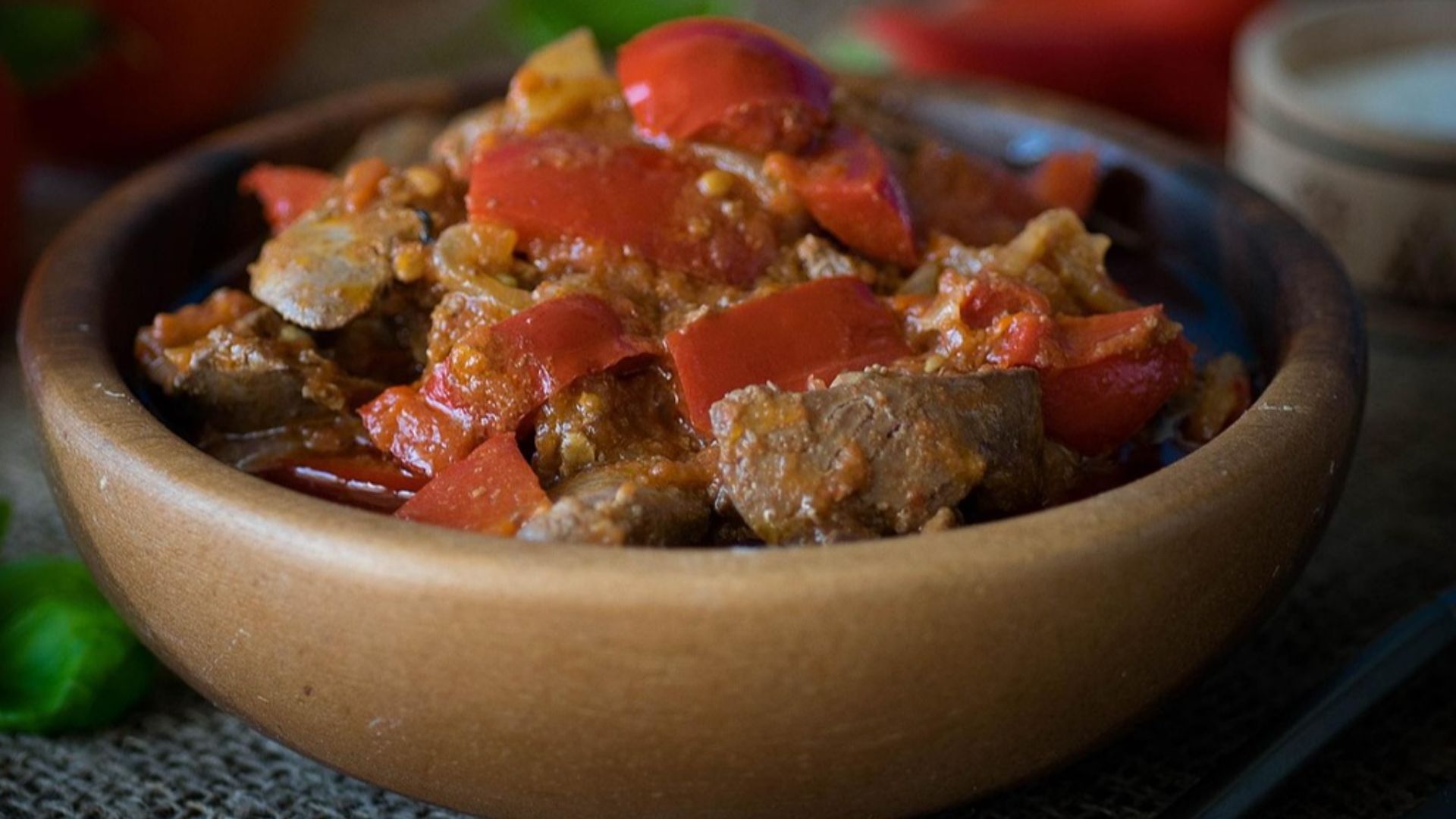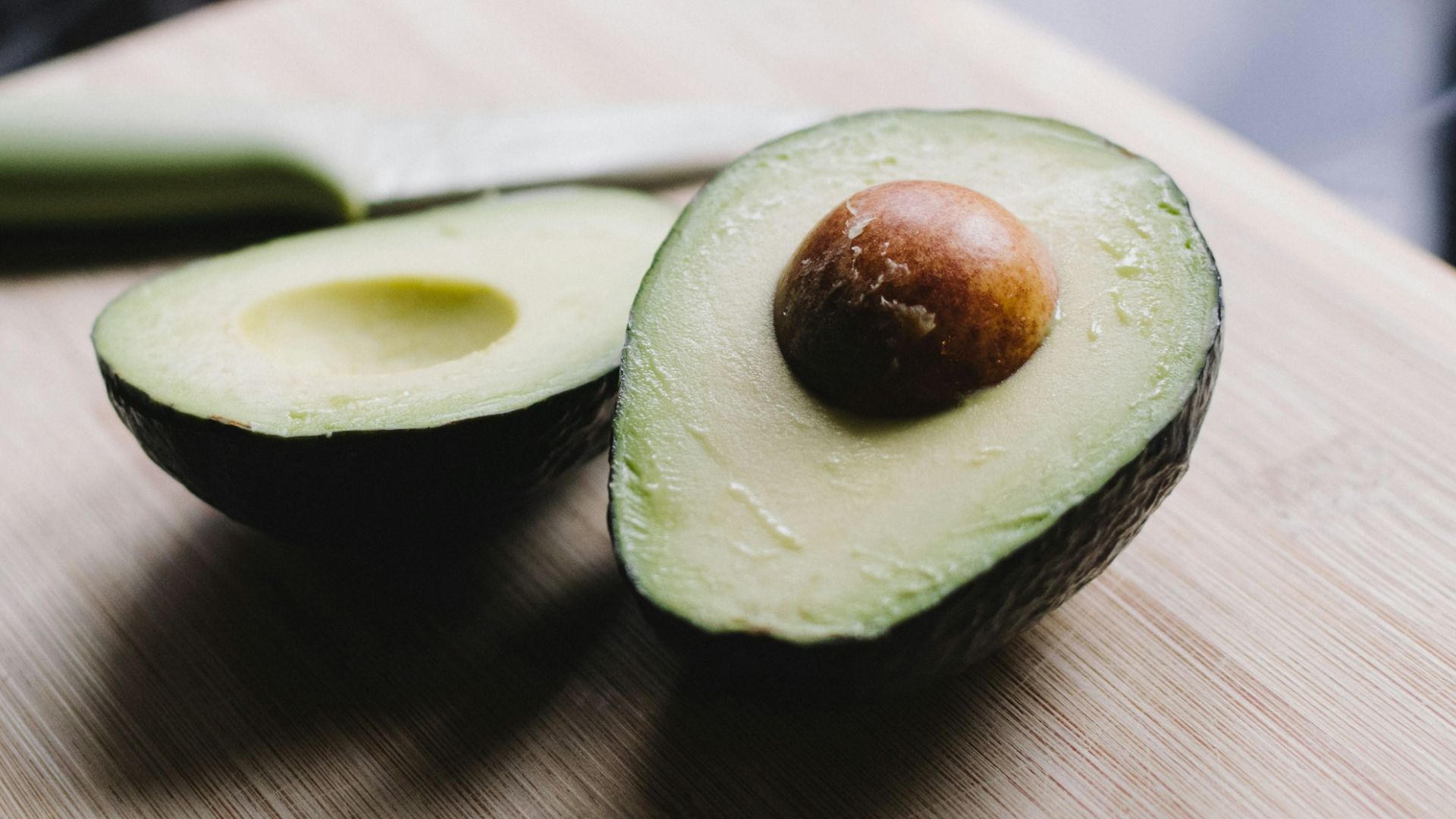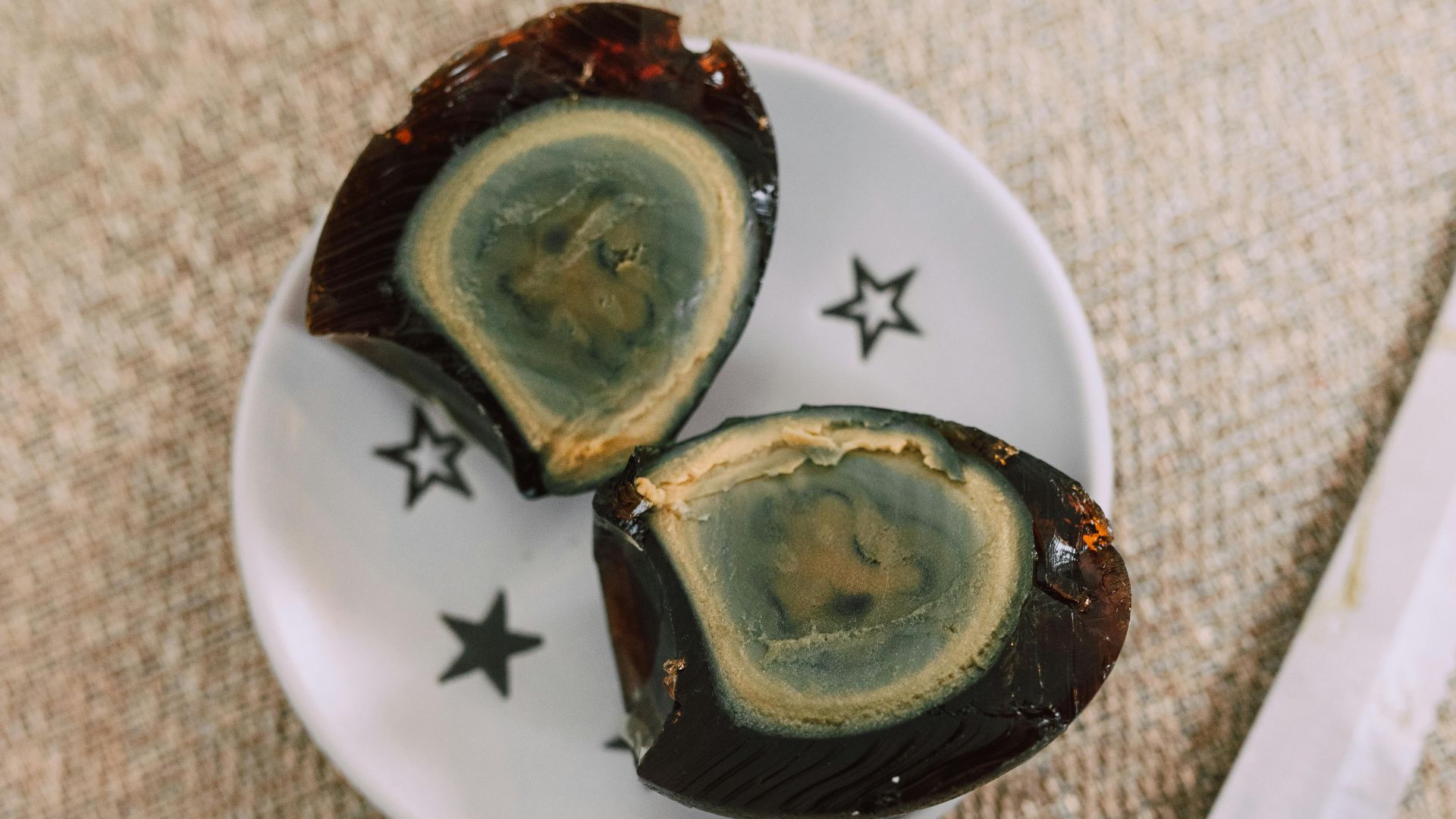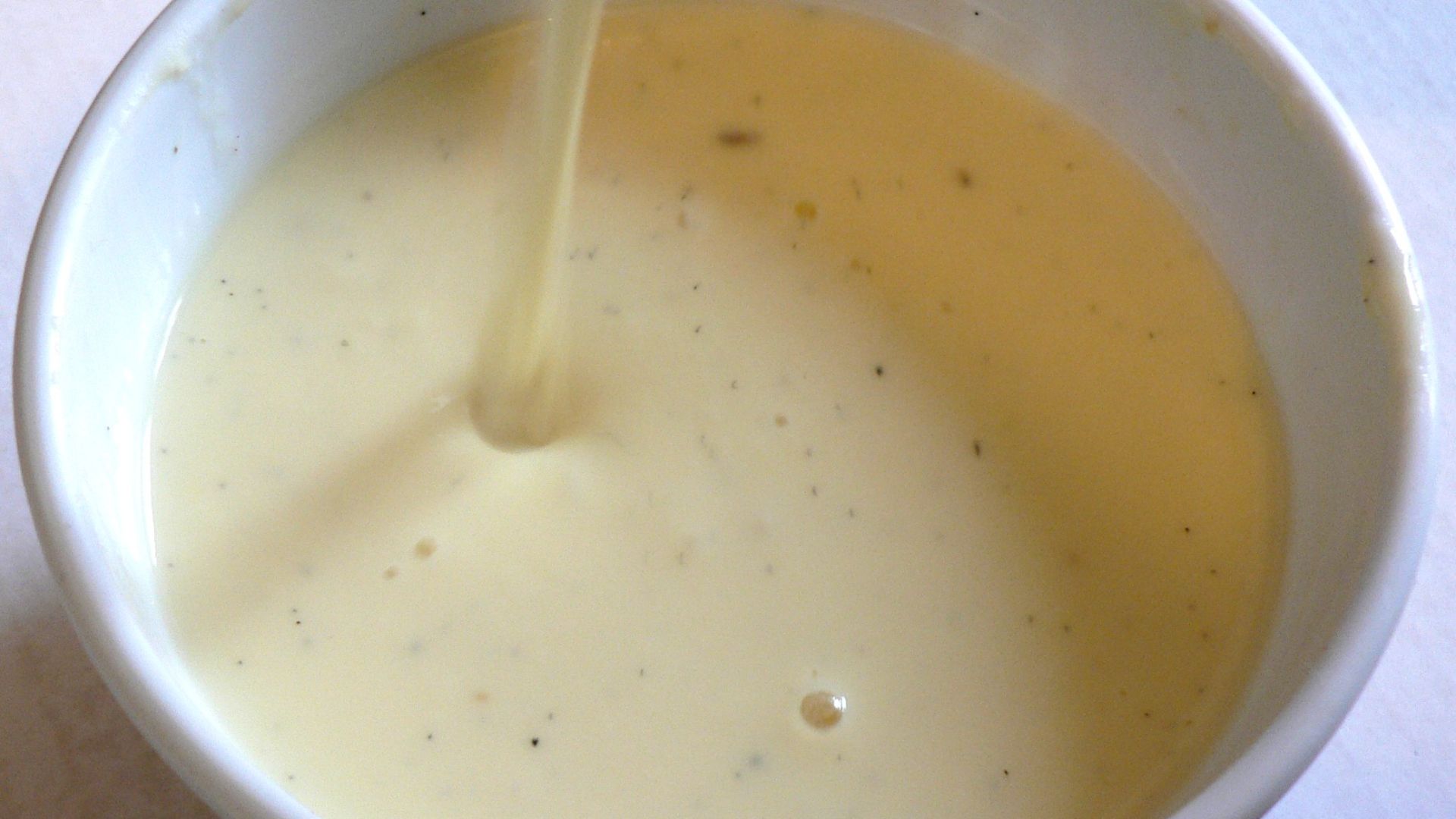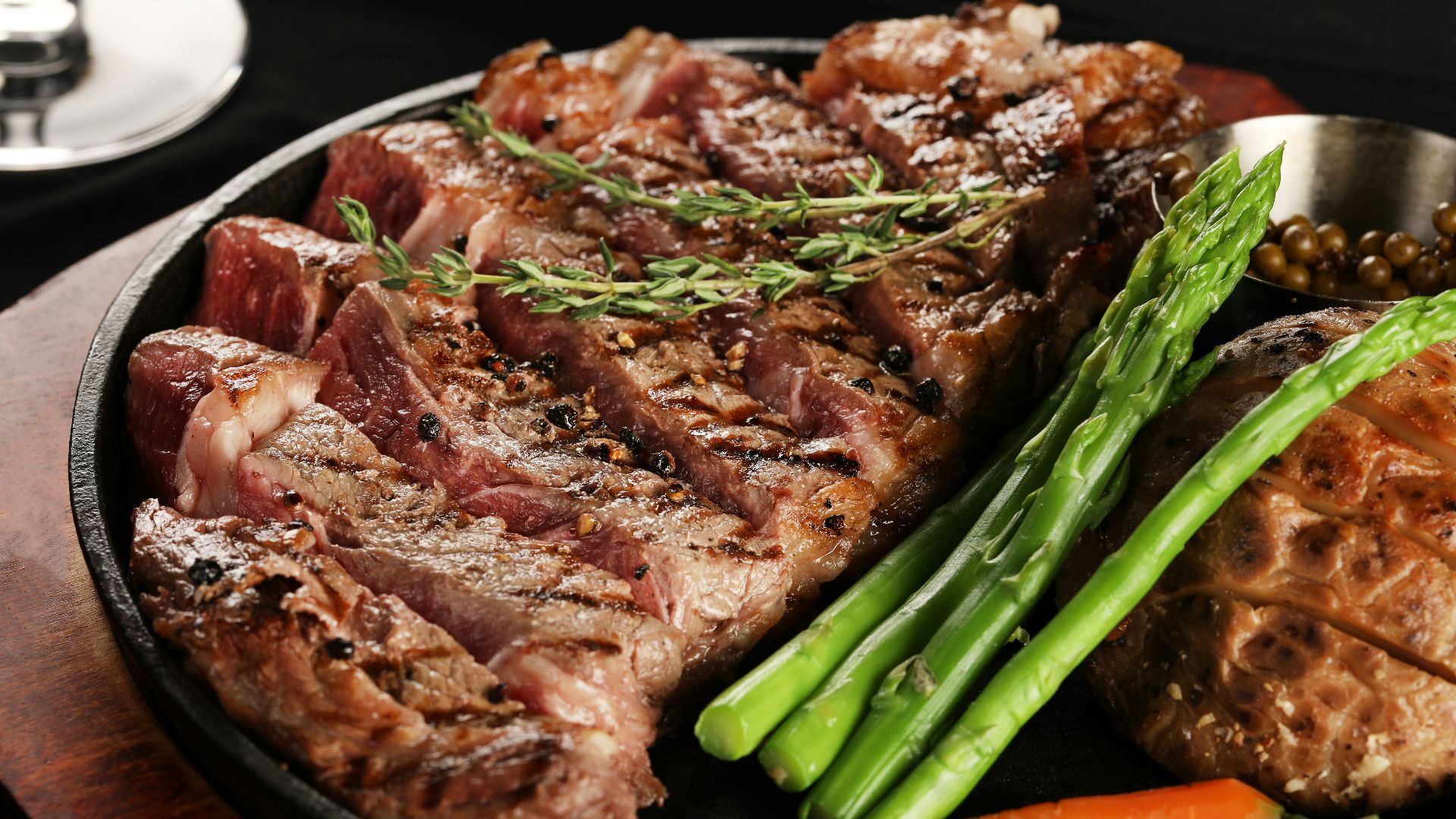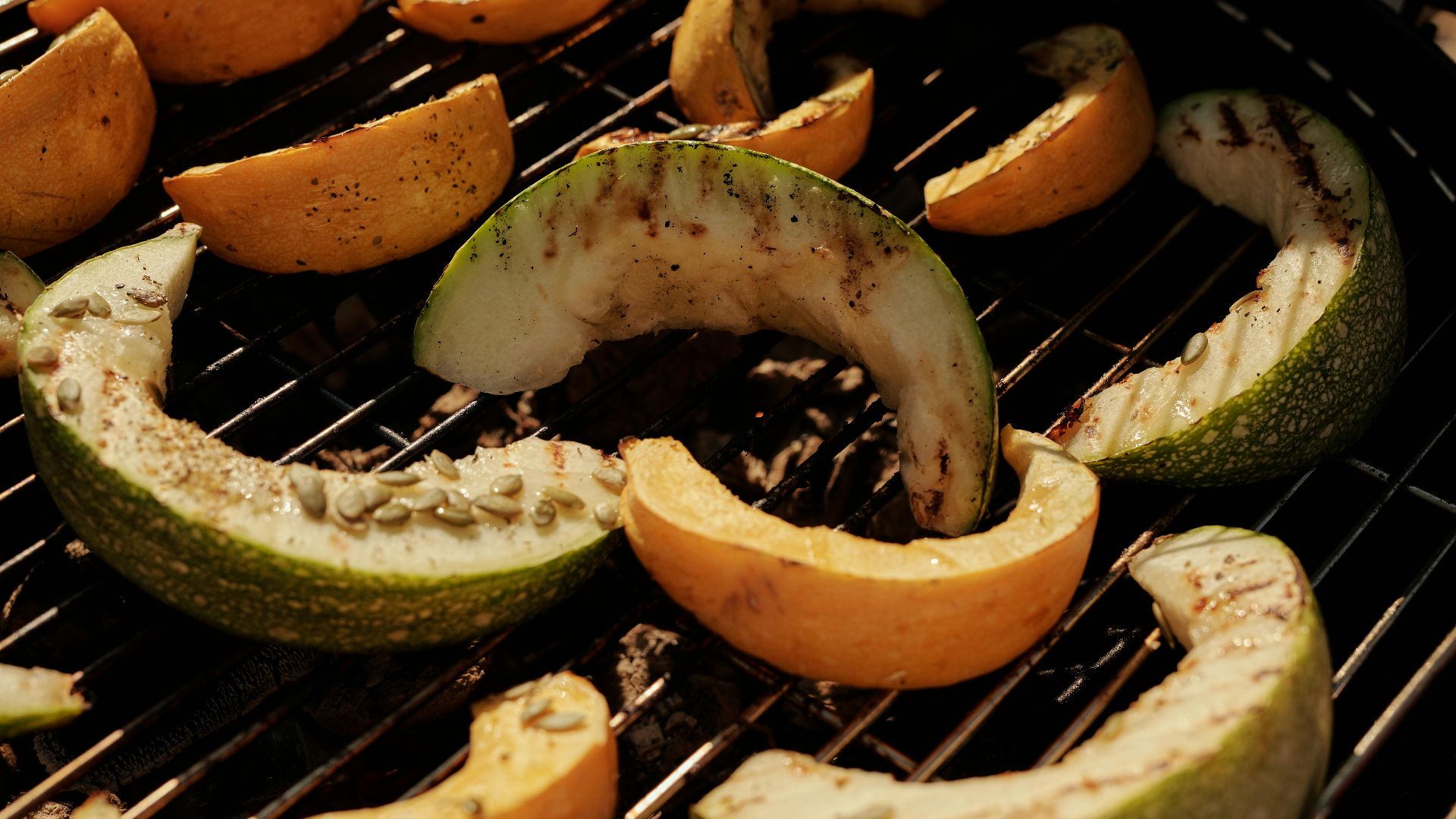Can You Describe Taste?
Every bite tells a story, but only the right words can do it justice. If you're looking to improve your culinary vocabulary, here are some expressive terms used by food critics and scholars to decode flavor and describe the indescribable. These 20 words open up fresh, new ways to describe taste in all its rich, nuanced detail.
1. Sapid
More precise than just “tasty,” this term describes food with a distinct, pleasing flavor that actively stimulates the palate. Often used in food science, it refers to ingredients with a clear flavor presence. A well-aged cheddar or a deeply flavorful consommé might be called sapid in culinary circles.
2. Piquant
A term rooted in French, 'piquant' describes a flavor that’s agreeably sharp or spicy without being overpowering. Unlike 'spicy', which suggests heat, piquant implies a zesty quality. Classic examples include capers, pickled onions, or Dijon mustard—foods that enliven the tongue.
3. Umami
This word originated in early 20th-century Japan and captures the deep savoriness of broths, mushrooms, and aged cheeses. It is now recognized as the fifth basic taste, alongside sweet, sour, salty, and bitter. Glutamates, especially Monosodium Glutamate (MSG), amplify umami.
4. Brackish
Typically used to describe slightly salty water, 'brackish' can also apply to flavor when saltiness is present but not pure. It evokes the subtle salinity of oysters or seaweed. This word also adds dimension when describing dishes where salt mingles with mineral or marine undertones, especially in coastal cuisines.
5. Acrid
'Acrid' refers to an unpleasantly bitter or pungent taste, often from over-roasted or burned ingredients. While typically a negative descriptor, critics use it precisely, such as noting acrid undertones in scorched espresso or charred peppers. Its specificity helps distinguish between intentional bitterness and unwanted culinary errors.
6. Minerally
This term is especially popular among sommeliers describing wines with flinty, slate-like qualities. Common in wine and fine dining vocabulary, “minerally” evokes the earthy, stony sensations found in foods influenced by their soil or terroir. The taste is subtle and suggestive of wet rocks or chalk.
7. Gamy
Wild meats often carry a 'gamy' flavor—earthy and slightly musky. This term is especially common when describing venison, duck, or rabbit, where the animal's diet and environment shape the taste. In high-end cuisine, 'gamy' signals complexity and a deeper, less domesticated flavor profile.
8. Cloying
Desserts that go overboard on sugar often earn the label 'cloying'. Unlike simply 'sweet,' this term suggests an overwhelming richness that becomes unpleasant. Food critics use it to critique balance, like a buttercream frosting that’s too thick or a sauce that masks the natural savor of fruit.
9. Astringent
That mouth-drying sensation from underripe bananas or strong black tea? It is caused by 'astringent' compounds like tannins. The term doesn’t refer to taste itself but rather a tactile response. Wine experts use it to evaluate mouthfeel, especially when analyzing bold reds with high tannin content.
10. Resinous
Borrowed from botany, 'resinous' captures the piney, sticky intensity found in herbs like rosemary or hops-heavy craft beers. The word is also used in reference to aged cheeses or cured meats with woody or tar-like notes. A resinous flavor often lingers and brings a touch of bitterness.
11. Ferruginous
Iron-rich foods or water often carry a 'ferruginous' taste—a slightly metallic tang that lingers on the tongue. It is frequently noted in mineral-heavy spring water or liver dishes. Critics might use it to describe wines with high iron content, especially reds that develop blood-like undertones with age.
12. Mellow
'Mellow' is often used for aged or well-balanced flavors that are soft, smooth, and lacking sharpness. Think of a ripe avocado, slow-cooked onions, or an old whiskey that’s shed its harsh edges. The term implies harmony and signifies a matured, rounded taste that’s neither bland nor aggressive.
13. Rancid
Food that has oxidized fats, like spoiled oil or old nuts, develops a 'rancid' taste. This sharp, sour, and unpleasant flavor is caused by the breakdown of lipids over time. It is usually a sign of spoilage, and trained palates can detect it even at very low concentrations.
14. Alkaline
Mildly soapy or chalky in flavor, 'alkaline' describes the taste of old baking soda or specific traditional foods like Chinese century eggs. Such savor contrasts with acidity and can neutralize sourness in cooking. Noodles treated with kansui (alkaline water) gain their signature bite and yellow hue from it.
15. Luscious
Often used to describe ripe fruits or velvety sauces, 'luscious' captures more than just sweetness—it suggests richness, depth, and pure sensory pleasure. A thick crème anglaise, for instance, might be praised for its 'luscious' mouthfeel and indulgent flavor.
16. Tallowy
A 'tallowy' taste signals the presence of rendered animal fat, especially from beef or mutton. It is waxy, coating the mouth with a dense, lingering richness. While cuisines like traditional British pies or suet puddings embrace it, others consider it off-putting if the fat hasn't been properly balanced.
17. Vinous
This is commonly applied to reductions or even aged cheeses that mirror the aroma and depth of a fine vintage. Foods or sauces with a 'vinous' quality evoke the flavor profile of wine—fruity and fermented. A coq au vin or Bordelaise sauce might be praised for its vinous complexity.
18. Zesty
This describes a lively, sharp taste often associated with citrus fruits like lemon or lime. It can also apply to tangy dressings or bright sauces, which evoke a clean, vibrant acidity that awakens the palate. Zesty is not as fermentation-specific as ‘lactic.'
19. Musty
This term often arises in wine criticism, especially when cork taint is present. Moldy spices, old grains, or even certain cheeses can carry this note if not handled under ideal conditions. An aged or improperly stored ingredient may develop a 'musty' stale flavor reminiscent of damp cellars.
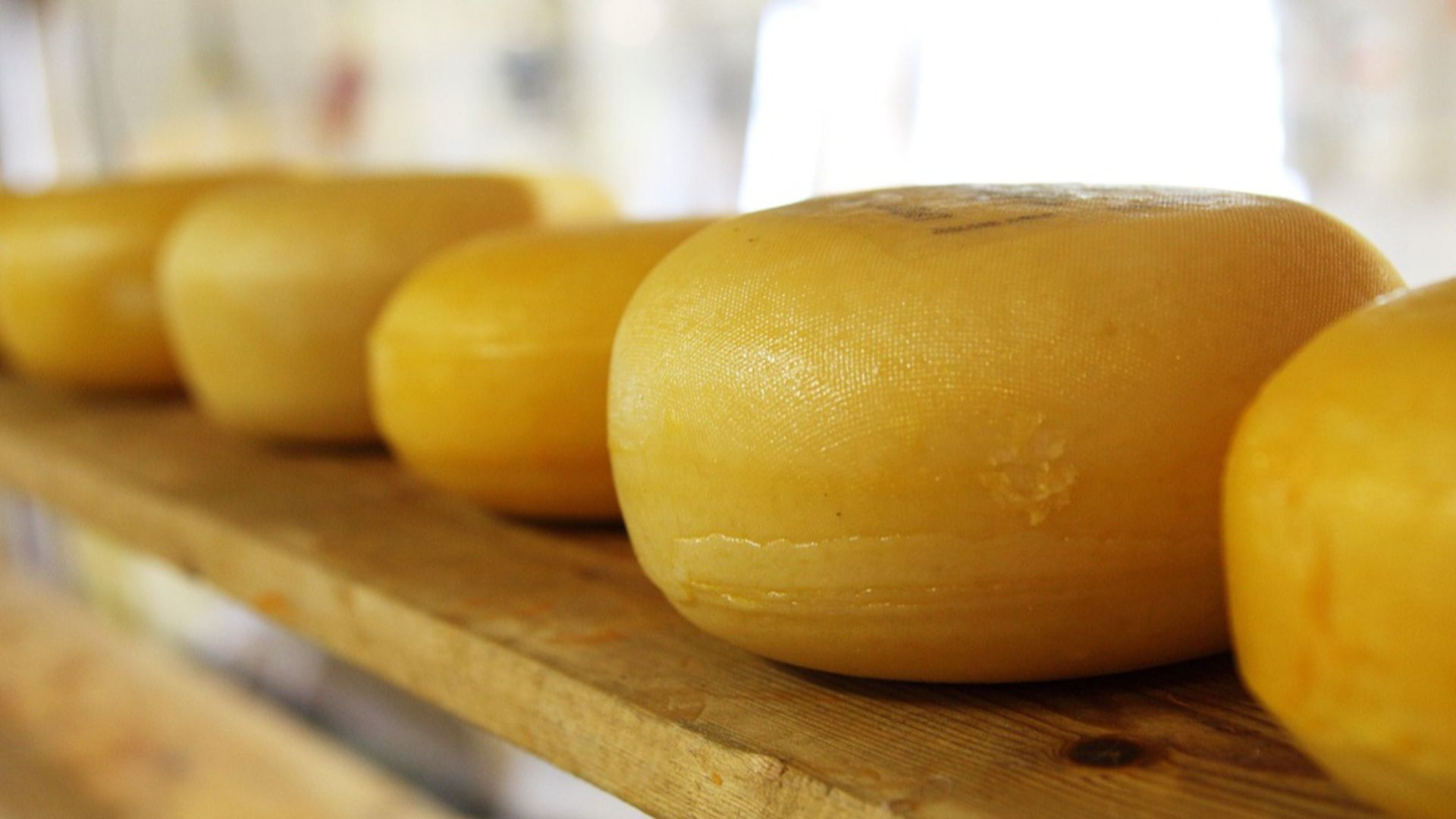 PublicDomainPictures on Pixabay
PublicDomainPictures on Pixabay
20. Caramelized
'Caramelized' describes the nutty, slightly bitter taste from sugars browning under controlled heat, observed in grilled fruits or pan-roasted shallots. This process develops complex flavors but creates a crisp outer layer on foods. The reaction occurs when natural sugars break down, resulting in deep golden hues and intensified sweetness.
KEEP ON READING

The Most Popular Chocolate Bars in the USA

The Most Popular Candies in the USA





